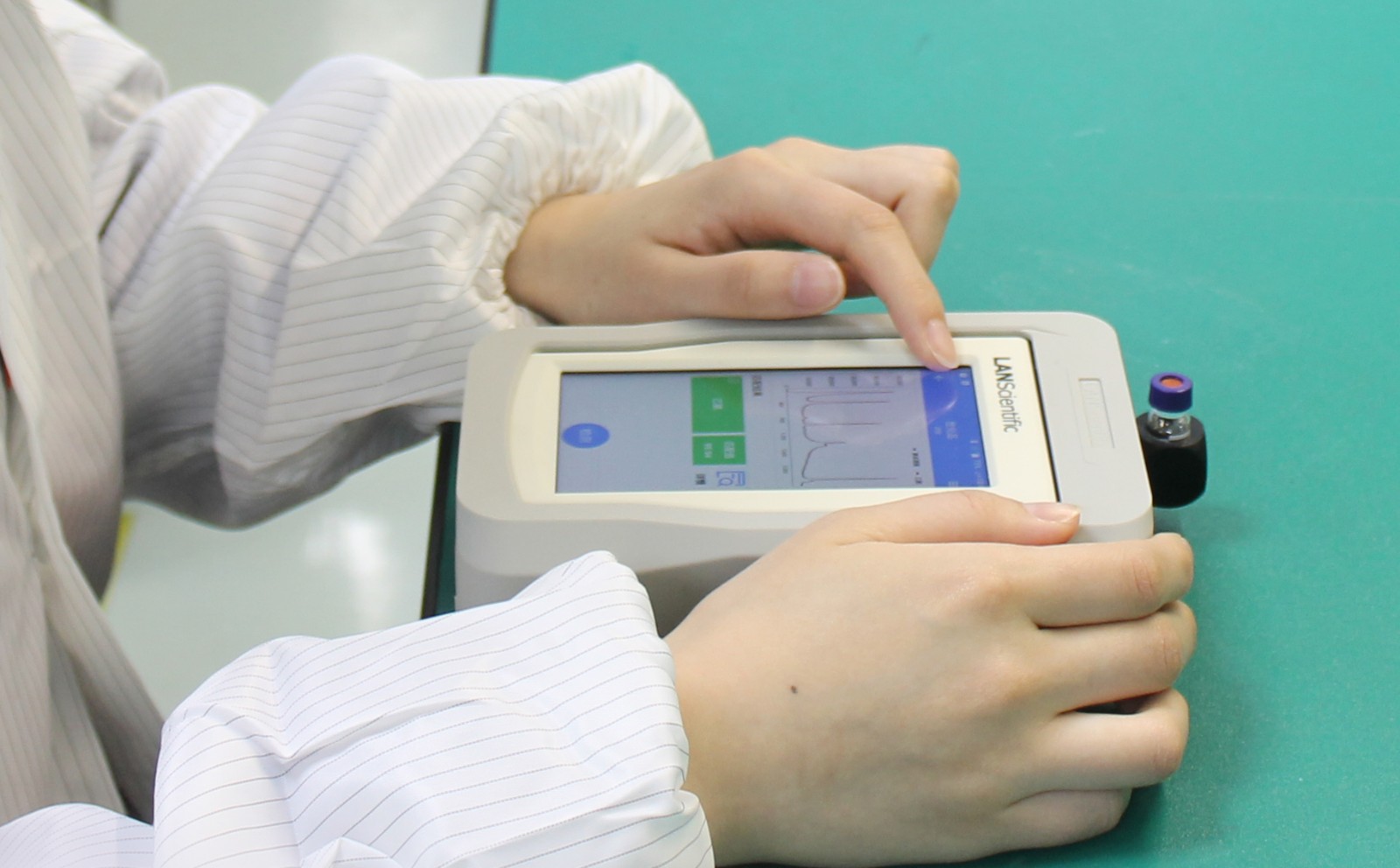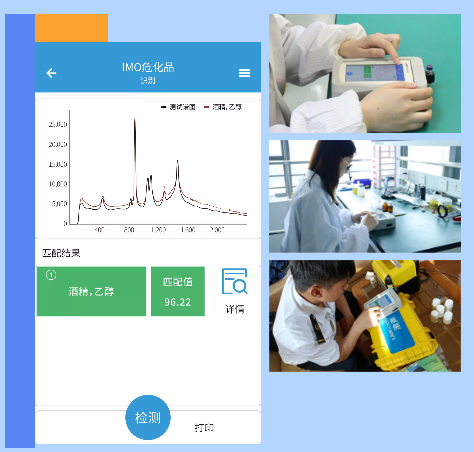Definition of hazardous chemicals
According to the "Inventory of Hazardous Chemicals", the first category is explosives; the second category is compressed gas and liquefied gas; the third category is flammable solids, spontaneously combustibles and flammable materials when wet; the fourth category is toxic products; The fifth category is flammable liquids; the sixth category is oxidizers and organic peroxides, and the seventh category is corrosive products.

Environmental background
China is a major country in the production, use, import and export, and consumption of hazardous chemicals (hereinafter referred to as hazardous chemicals). More than 80% of the huge chemical products are hazardous chemicals, accounting for 1/3 of the total global consumption; in addition, there are 260,000 hazardous chemical companies, and more than 300,000 road transport vehicles for dangerous goods, with more than 10,000 tons. There are more than 370 dangerous goods berths. Because hazardous chemicals are flammable, explosive, toxic, and harmful, they have received more and more attention in the process of production, trade, and transportation. The safety management of hazardous chemicals is also facing many challenges.
In the hazardous chemicals industry, the safety of hazardous chemicals has always been a difficult and painful point in the development of the industry. For a long time, there have been many loopholes in the management of hazardous materials in the industry. The inadequate industry policies and regulatory systems have led to chaos in the industry and frequent safety accidents. . In order to solve the outstanding problems in the logistics of hazardous chemicals, starting from 2018, the country has put forward new requirements for the formulation of industry standards to improve the scientific, standardized and strict supervision of industry development.
Response plan
It is reported that the previous supervision and law enforcement agencies needed to use professional institutions to conduct random inspections of dangerous goods. It took at least 3-7 days from the inspection to the issuance of the inspection report. Some mixtures of unknown nature need to be sent to other places for more professional inspections. Organizations often have the goods departed from the port/station before the test results are issued, which makes it difficult to investigate and deal with false reports and concealed violations.
In response to such problems, the RA200 developed by LANScientific can quickly perform qualitative and structural analysis on various common drugs, mixed aromatics, methyl tert-butyl ether, toluene and other hazardous chemicals on the spot. It can identify production, The concealment, underreporting, concealment, and entrainment of hazardous chemicals in various stages of transportation, storage and disposal are supervision and law enforcement in the fields of airports, ports, environmental protection inspections, emergency management and public security border inspections, medicine and cosmetics inspections, etc. It provides more efficient and convenient technical support, is an ideal tool for on-site inspection, and effectively solves the problem of difficult investigation and handling of false reports and concealed reports.
Analysis principle
Raman spectroscopy is a non-destructive analysis technique, which is generated based on the interaction of photosynthetic materials. Raman spectroscopy can provide detailed information about the chemical structure, phase and morphology, crystallinity, and molecular interaction of the sample.
Raman is a light scattering technique. When the high-intensity incident light of the laser light source is scattered by molecules, most of the scattered light has the same wavelength (color) as the incident laser light. This kind of scattering is called Rayleigh scattering. However, there is a very small part (approximately 1/109) of scattered light whose wavelength (color) is different from that of incident light. The change in wavelength is determined by the chemical structure of the test sample (so-called scattering material). This part of the scattering is called Raman scattering.
Applications
Use the RA200 software system independently developed by our company to compare the spectra of the chemicals collected on site. The result shows that the matching value of the spectrum of the unknown sample and the alcohol in the sample library is 96.22%, and the unknown sample is an alcohol solution.

